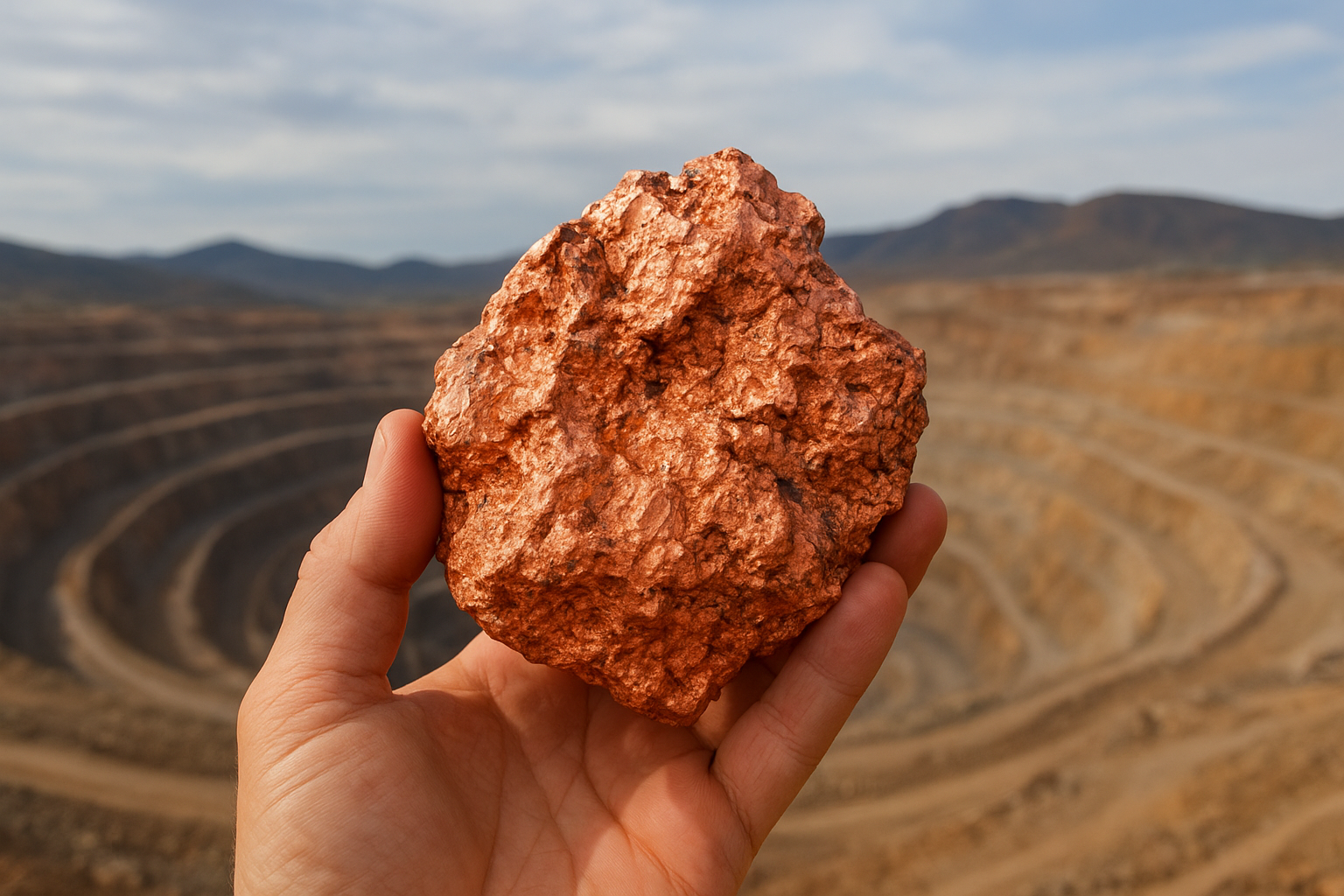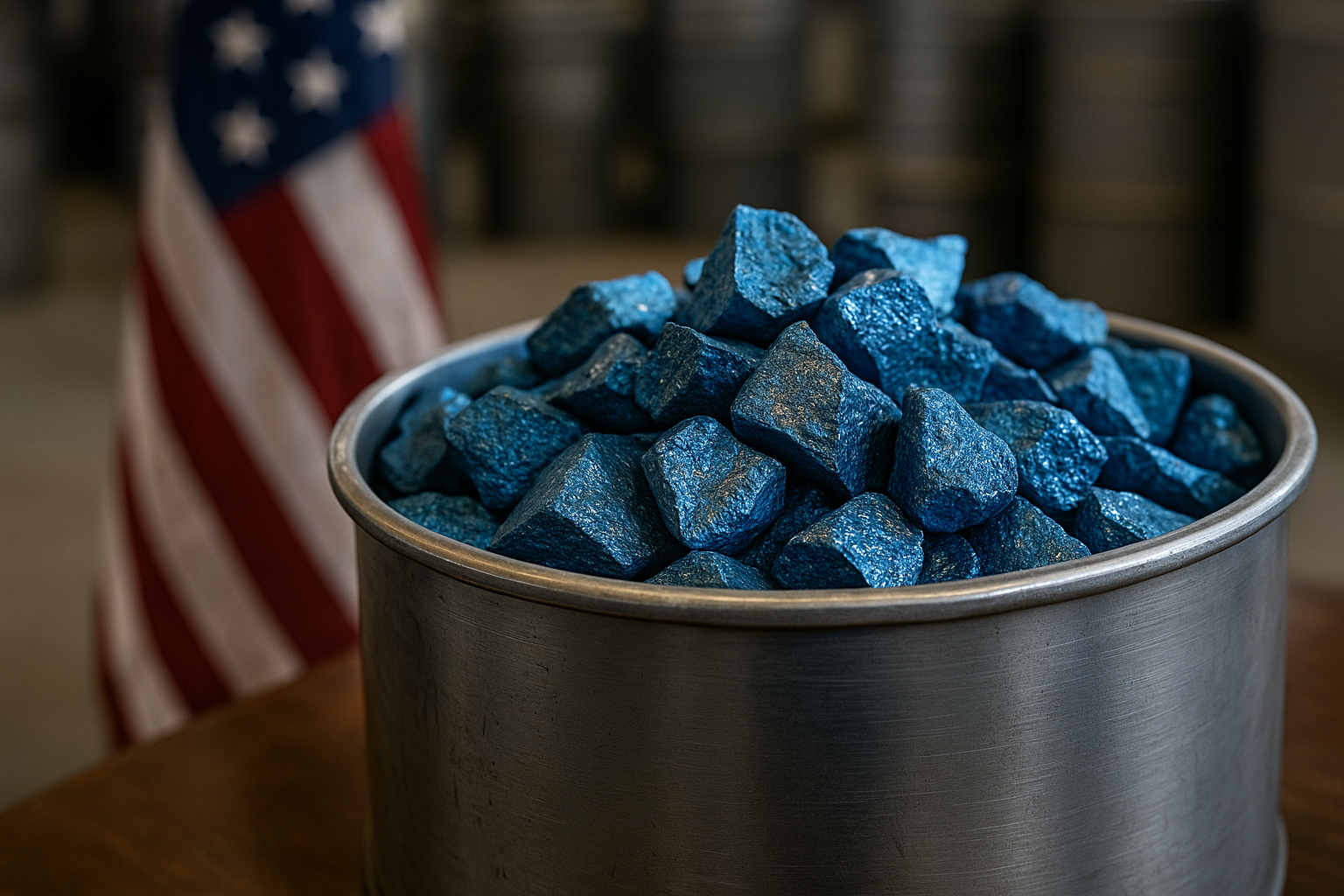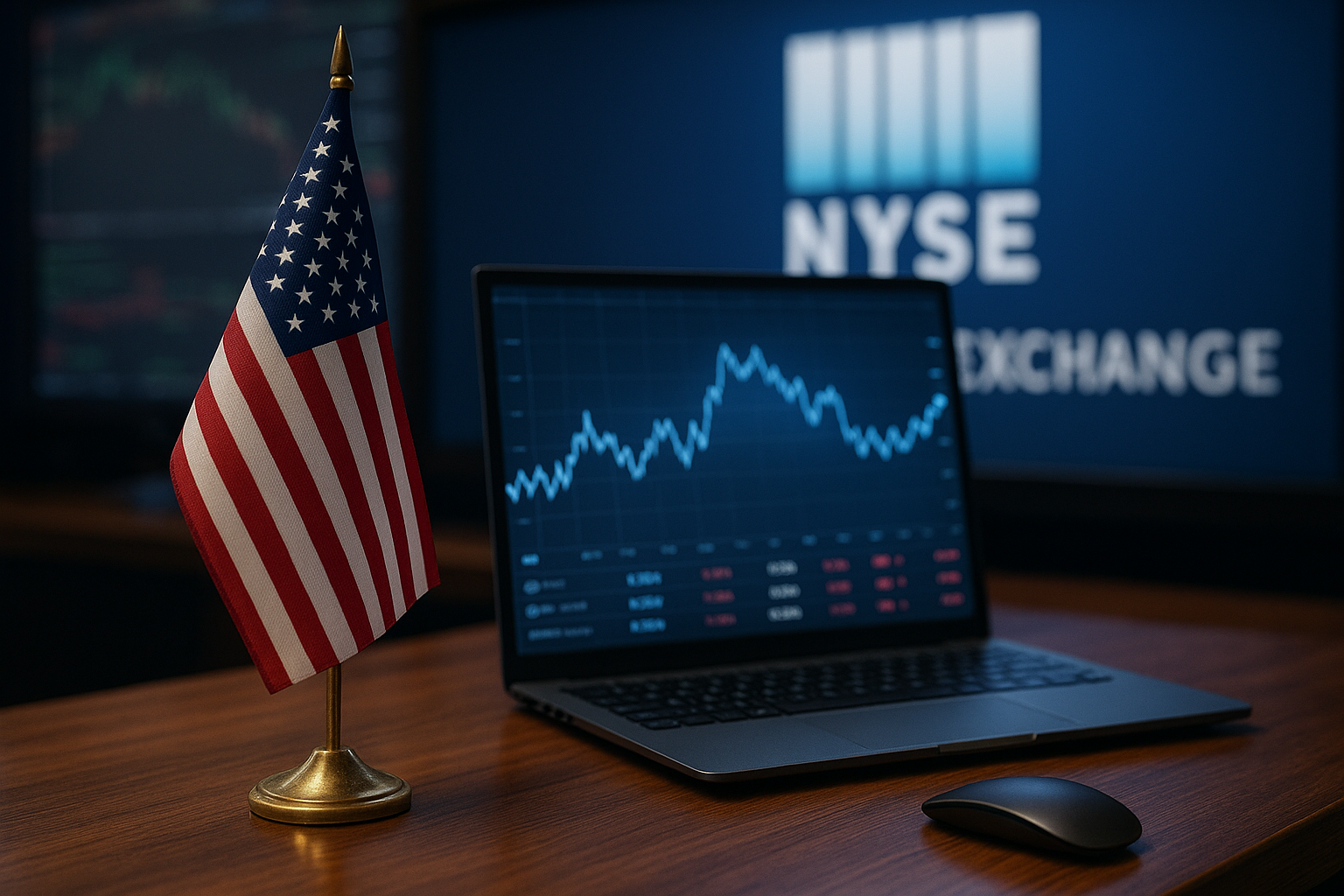The U.S. government has just made a defining move for the global mining industry. The United States Geological Survey (USGS) has officially added copper and silver to its 2025 critical minerals list, a classification that reshapes how Washington prioritizes permitting, financing, and trade policy around metals essential to the energy transition.
For investors, this isn’t just a policy update — it’s a structural shift. The “critical” designation for copper signals Washington’s recognition that the red metal is indispensable for electric vehicles, renewable power grids, data centers, and defense applications. It also hints at an emerging era of federal incentives and streamlined permitting that could reshape the competitive landscape for miners and developers.
Why This Decision Matters Now
Copper’s inclusion marks the first time the U.S. has formally recognized the metal as strategically vital to national and economic security. The decision follows mounting concerns from industry groups and policymakers about supply chain vulnerabilities and growing dependence on foreign producers, particularly China and the Democratic Republic of Congo, which dominate global refining capacity.
As noted by American Pacific Mining and confirmed by the USGS announcement, this move means copper projects may now receive federal prioritization under the Defense Production Act — unlocking potential subsidies, accelerated environmental reviews, and funding under the Inflation Reduction Act (IRA).
This policy alignment couldn’t be timelier. With global electrification accelerating, copper demand is projected to outstrip supply by nearly 6 million tonnes annually by 2035, according to S&P Global. Yet despite its essential role in power grids and EVs, the U.S. currently produces less than 7% of the world’s copper supply.
Structural Implications for the Mining Sector
From a market structure standpoint, this classification introduces three major shifts:
- Permitting Acceleration: U.S.-based copper miners like Freeport-McMoRan ($FCX), Hudbay Minerals ($HBM), and American Pacific Mining could benefit from faster federal approvals, a long-standing bottleneck in new project development.
- Incentive Alignment: Copper may now qualify for the same strategic support that lithium and nickel enjoy — including potential loan guarantees and tax incentives for domestic processing.
- Investor Re-Rating: By elevating copper’s geopolitical and strategic value, this decision could prompt institutional investors to re-rate copper equities as part of the broader critical minerals theme, previously dominated by battery metals.
According to Reuters, copper’s spot price has already inched higher since rumors of the inclusion began circulating, though traders remain cautious amid near-term economic uncertainty and China’s mixed industrial data.
Why This Matters for Investors
The “critical mineral” status introduces a structural bull case for copper over the medium to long term. Demand is expected to rise sharply as the U.S. and its allies expand electrification infrastructure — from EV charging networks to grid modernization.
Yet, this is not a one-way trade. Investors should weigh several key dynamics:
- Project Execution Risk: Large-scale copper projects are capital-intensive and often face delays or local opposition.
- Cost Inflation: Input costs — from labor to energy — remain elevated, compressing margins for developers.
- Commodity Volatility: Despite long-term demand strength, short-term copper prices can remain volatile due to macroeconomic sentiment, especially linked to China’s growth trajectory.
For long-term investors, however, copper’s addition to the U.S. critical list may shift sentiment from cyclical to structural — reframing it as an asset central to energy security, not just industrial growth.
Future Trends to Watch
- Permitting Reform Momentum: Expect bipartisan support in Washington for streamlining mining permits, particularly for metals now listed as critical.
- Increased M&A Activity: Junior explorers with U.S.-based assets may become acquisition targets for larger producers seeking to expand domestic exposure.
- Investment Flows into Infrastructure and Refining: Beyond mining, midstream processing — refining, recycling, and smelting — could emerge as a new investment frontier in North America.
- Copper’s Expanding Role in AI & Data Infrastructure: With hyperscale data centers and AI chips driving record electricity use, copper’s relevance extends beyond EVs to the digital economy’s physical backbone.
Key Investment Insight
Copper’s elevation to “critical mineral” status represents a strategic inflection point for investors in the metals and mining sector. It transforms copper from a cyclical commodity into a policy-backed growth asset, aligning with long-term trends in electrification, energy transition, and technological infrastructure.
Investors should consider positioning around jurisdictionally secure, low-cost copper producers and developers — especially those with North American exposure and clear permitting paths. The policy tailwinds, combined with persistent supply deficits, suggest that copper’s next supercycle may already be underway.
Stay tuned with MoneyNews.Today for ongoing analysis as this policy shift reshapes the mining landscape and investor opportunity set across the North American critical-minerals ecosystem.





